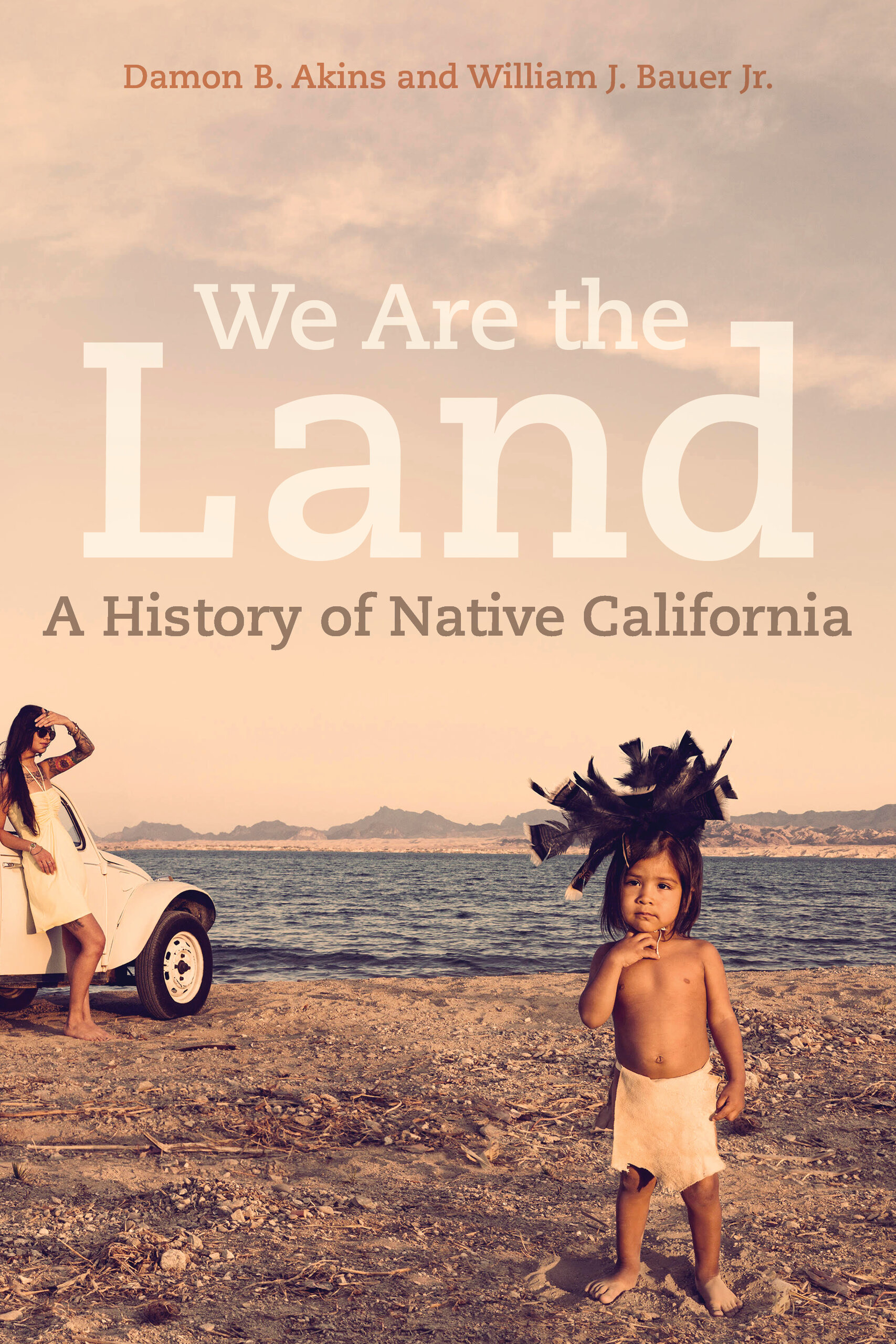Americans typically date the beginning of their reign in California to January 24, 1848, when John Sutter struck gold on the American River. But this story of migration and sudden fortune, like so many other tales of the United States’ pioneering origins, directs attention away from the actions that actually yoked the Golden State to the Union, namely an expansionary war against Mexico and a genocide of Indigenous peoples.
Akins and Bauer put the Indigenous side of this history back at the center of these events. After his discovery, Sutter claimed to have legally leased several miles of goldfields from a group of Nisenan. As it turned out, the Nisenan with whom Sutter made a contract didn’t actually live in the immediate area of the find, and in any event, the lease was illegal because according to the Supreme Court’s 1823 ruling in Johnson v. M’Intosh, only the federal government—not private citizens—could acquire land from Native Americans. Nonetheless, when miners first descended on Sutter’s find along the American River in 1848, about half were Indigenous. And many were women, who repurposed their traditional baskets to pan for gold. (The coil and weave of the fibers were apparently well suited for snagging gold flakes.) Others, like the Yokuts ruffian José Jesús, abandoned lives as horse thieves for more lucrative extractive vocations.
Indigenous miners—and especially the women—were vulnerable to the violence, exploitation, outright enslavement, and bitter racism of the goldfields. In primary documents, Akins and Bauer come across American settlers bragging about the ways they took advantage of Indians: trading cheap goods like handkerchiefs for tin cups full of gold, exchanging various goods for gold of equal weight, using lead slugs called “digger’s ounces” to cheat Native miners when they went to cash in on their work. (The term “digger” was a racial slur that referred to Indigenous root-digging practices and intentionally rhymed with another epithet.)
Dehumanization wrought mass violence almost immediately. In 1849, a group of prospectors from Oregon arrived at the site of Sutter’s gold strike and tried to rape some Nisenan women. After the Nisenan exacted retribution by murdering seven Oregonians, the miners went on a killing spree, slaughtering more than 100 Nisenans in around a month. Other California Indians soon began to fear the goldfields and fight back against their exploitation. When, in 1850, American ranchers Andrew Kelsey and Charles Stone threatened to ship a group of Eastern Pomo slaves off to Sutter’s Mill, the workers turned on and killed their captors. The US military responded swiftly. Brevet Maj. Gen. Persifor F. Smith ordered 75 soldiers to, in the words of Capt. John B. Frisbie, “exterminate if possible” the rebels. When, at a place now known as Bloody Island on Clear Lake, the Pomo leader Ge-Wi-Lih attempted to negotiate peace, the soldiers opened fire. The Pomos who survived the first hail of bullets jumped in the lake and attempted to swim to safety. Ashore, another group of soldiers shot everyone they could. In what remains the largest massacre in US history, the Army killed as many as 800 Indians.
